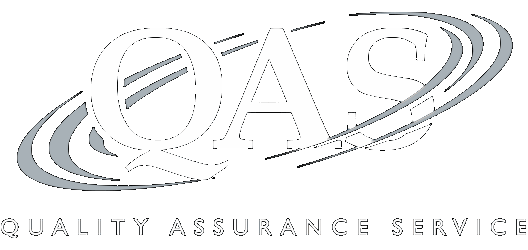Handling State Apportionment Audits: Defending Methods and Throwback/Throwout Distributions
Recording of a 110-minute CPE webinar with Q&A
This webinar will prepare multistate tax practitioners and businesses for potential state apportionment audits. Our panel of state income tax veterans will review the latest developments in apportionment audits in particular states, explain differences in state sourcing methods, and discuss the application of throwback/throwout and the Joyce/Finnigan rules. They will offer concrete suggestions on selecting, documenting, and supporting apportionment allocations in anticipation of a state examination.
Outline
- State Apportionment Audits – Introduction
- Apportionment methods
- Sourcing sales
- Services
- Tangible property
- Remote employees
- Reviewing income tax returns
- Apportionment workpapers
- Defending throwback and throwout allocations
- Joyce and Finigan rules
- Other considerations
Benefits
The panel will cover these and other critical issues:
- The status of state apportionment examinations in certain states
- Preparing apportionment workpapers with potential audits in mind
- Reviewing prior income tax returns for apportionment issues
- Defending throwback and throwout allocations
Faculty

Stacey L. Roberts, CPA
State and Local Tax Director
TaxOps
Ms. Roberts has been making state and local tax (SALT) less taxing for thousands of businesses over the last 25 years.... | Read More
Ms. Roberts has been making state and local tax (SALT) less taxing for thousands of businesses over the last 25 years. As a director of the SALTovation team at TaxOps, she guides dynamic businesses through compliance and strategic planning focused on minimizing risk and strengthening tax positions. Ms. Roberts honed her specialty at Andersen Worldwide/Andersen LLP, KPMG and Deloitte before moving in-house with a Fortune 500 company to administer state and local tax. She has also led the national SALT practice at a regional firm. Ms. Roberts is a member of the Colorado Legislative Task Force Concerning Tax Policy and a frequent speaker, instructor and author on SALT issues for industry and professional organizations.
Close
Meredith Smith, CPA
Partner
TaxOps
Ms. Smith expertly weaves real-life examples into why business taxpayers, tax professionals, and tax providers should... | Read More
Ms. Smith expertly weaves real-life examples into why business taxpayers, tax professionals, and tax providers should care about complex state and local tax (SALT) issues. This knowledge comes from expertly navigating the web of tax laws governing SALT issues for nearly 20 years. From working with clients inside their business, she knows the questions, issues and strategies for resolution that keep businesses on the tax compliance track. Ms. Smith combines technical knowledge and in-depth industry understanding in performing nexus studies, identifying areas of risk, and designing sustainable planning opportunities for achieving tax-specific business goals. Her practice covers state income tax, property tax, sales and use tax, and business incentives and credits. Prior to TaxOps, Ms. Smith was a member of the SALT practice at KPMG, serving large, multi-jurisdictional corporations and multi-tier partnerships across industries. She is a frequent speaker and the host of the SALTovation podcast, a podcast series featuring leading voices in states and local tax. Listen in on your favorite channel: https://saltovation.captivate.fm/listen.
Close
